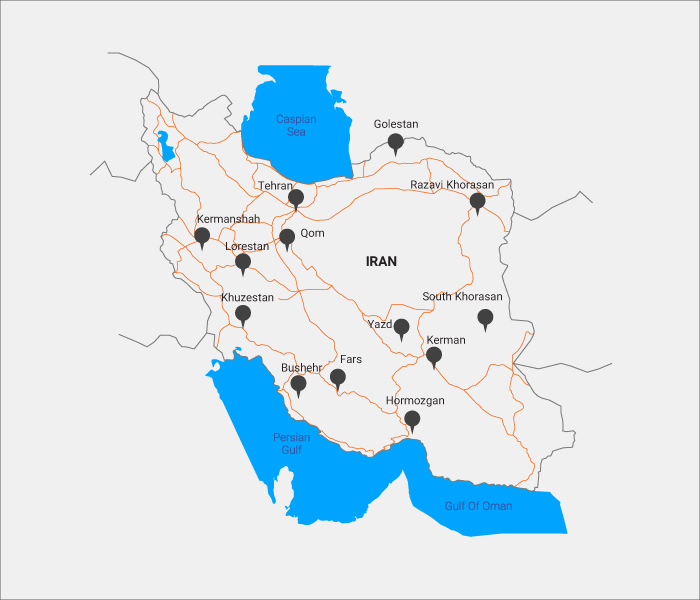Resource Library
We periodically put together reports and gather information to add value to our clients. These resources will be added to this library during the time.
A free-trade zone (FTZ) is a subgroup of special economic zone, which can be either a port or a non-port area. In this region, there are special customs regulations with many advantages for trade. According to World Bank, definition free trade zones are “small, fenced-in, duty-free areas, offering warehousing, storage, and distribution facilities for trade, transshipment, and re-export operations.” Though this a traditional definition and nowadays there are more and more free zones focus on service industries, almost all trade zones in Iran are doing the regular activities.
Iranian Ministry of Industry, Mine, and Trade (MIMT) releases a list of investment priorities every year to both encourage investors by the facilities are given in these fields and financing the development process of under-developed sections in the industry according to the development plans.
Being located on the mainland, a Special Economic Zone (SEZ) is where business and trade laws differ from that of the rest of the country. To facilitate export and import in these areas, they have been exempted from country’s customs regulations.
Iran was the first country in the Persian Gulf region to discover oil in 1908. Petroleum is the primary and most fundamental industry in Iran for a century. Despite the country’s constant attempts to break down this independence into other sectors, oil and gas is still the critical dynamo of economic growth.
Ministry of Roads and Urban Development in Iran is responsible for all means of transportation. The Ministry by itself has five substantial sub-sectors that undertake the execution as well as the operation of transportation infrastructure.




